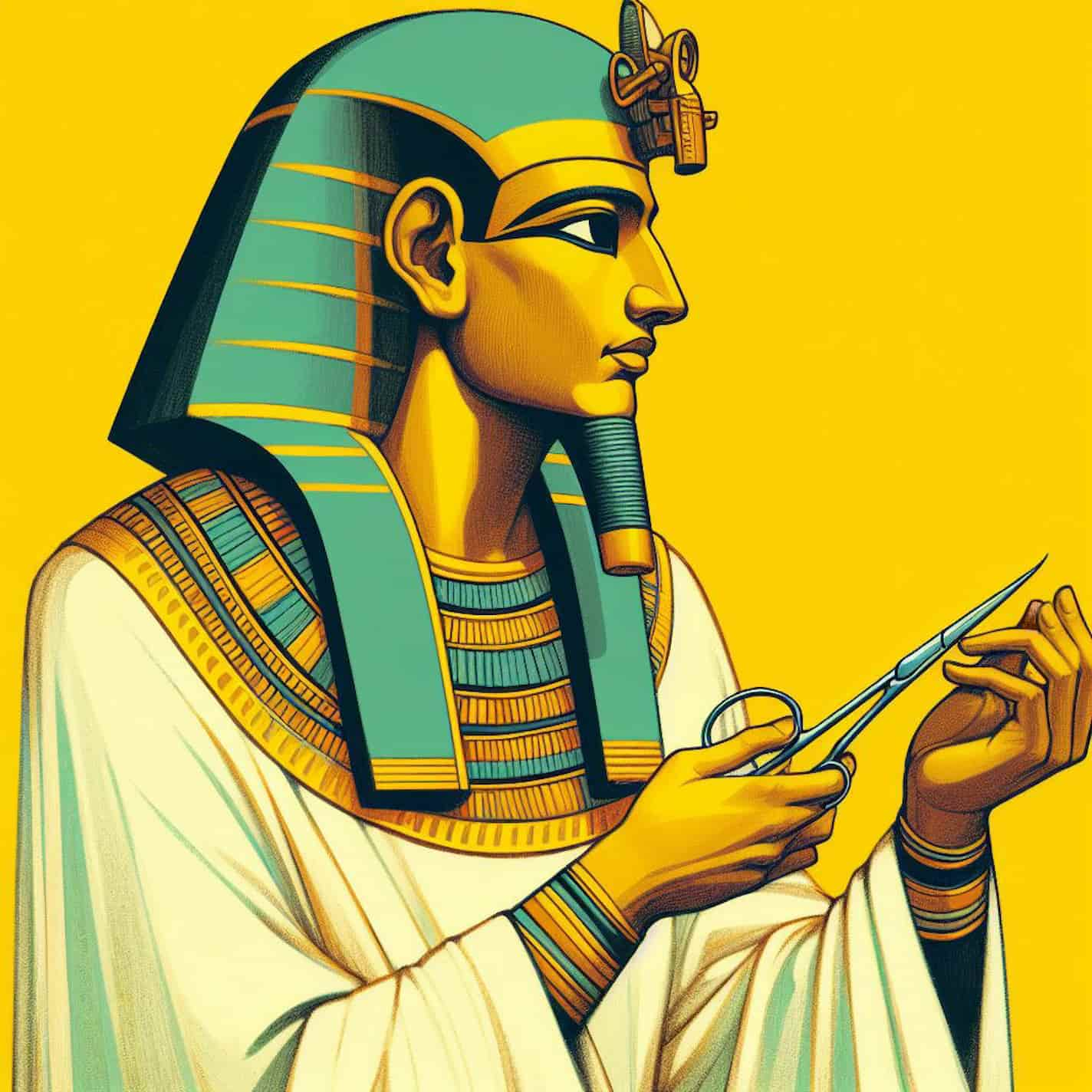Surgery in Ancient Egypt
Surgery in ancient Egypt was practiced by physicians implementing a well-understood and codified surgical art according to the possibilities of the time, as indicated in medical papyri.

Surgery in ancient Egypt was practiced by physicians implementing a well-understood and codified surgical art according to the possibilities of the time, as indicated in medical papyri.

